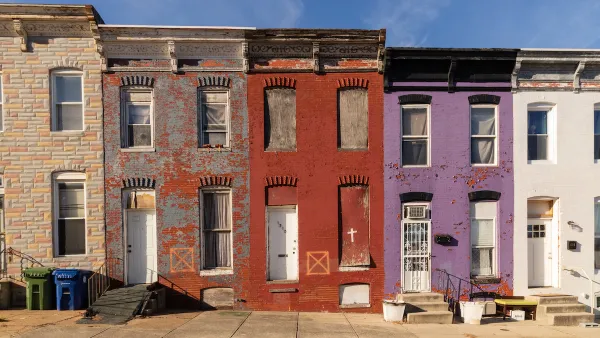Recent events in the southern India town of Hampi, recognized as a World Heritage Site by UNESCO, expose the struggle to balance the needs of historical tourist sites and those who make their livelihood from them, writes Rachel Proctor May.
When the Hampi World Heritage Area
Management Authority (HWHAMA) bulldozed homes and businesses in the bazaar adjacent to the archaeological treasures of the former capital of the Vijayanagara Empire, they may have helped protect the city's "dead" architectural heritage, but it came at the cost of destroying the "living" heritage of 300 families, "who had made their living selling
handicrafts, bottled water, banana pancakes, and other tourist
goodies to the hundreds of thousands of visitors who hit Hampi each
year," writes Rachel Proctor May.
"Officially," says May, "the structures that were destroyed had no right
to exist in the first place, although the same could be said for
many, if not most, of the structures in a country where land
titling is still poorly documented and subject to dispute."
Although the destruction of the bazaar followed at least a decade of
discussion over "how to best manage both Hampi's
wealth of architectural heritage and the living heritage of its
residents," May writes that "the
debate is far from over."
"Hampi as a whole is over 100 square
kilometers peppered with thousands of ruins, and other families who
make a living among those ruins. Local activists are pushing UNESCO and the
Indian government for a number of reforms, including a more
thorough compensation package, true citizen involvement in how to
manage living and historical heritage, and a stronger institutional
role for local democratic institutions rather than the
unaccountable bureaucratic agency of HWHAMA."
FULL STORY: Destroying the living city to preserve the past: evicting squatters from the ruins in Hampi

Analysis: Cybertruck Fatality Rate Far Exceeds That of Ford Pinto
The Tesla Cybertruck was recalled seven times last year.

National Parks Layoffs Will Cause Communities to Lose Billions
Thousands of essential park workers were laid off this week, just before the busy spring break season.

Retro-silient?: America’s First “Eco-burb,” The Woodlands Turns 50
A master-planned community north of Houston offers lessons on green infrastructure and resilient design, but falls short of its founder’s lofty affordability and walkability goals.

Test News Post 1
This is a summary

Analysis: Cybertruck Fatality Rate Far Exceeds That of Ford Pinto
The Tesla Cybertruck was recalled seven times last year.

Test News Headline 46
Test for the image on the front page.
Urban Design for Planners 1: Software Tools
This six-course series explores essential urban design concepts using open source software and equips planners with the tools they need to participate fully in the urban design process.
Planning for Universal Design
Learn the tools for implementing Universal Design in planning regulations.
EMC Planning Group, Inc.
Planetizen
Planetizen
Mpact (formerly Rail~Volution)
Great Falls Development Authority, Inc.
HUDs Office of Policy Development and Research
NYU Wagner Graduate School of Public Service




























